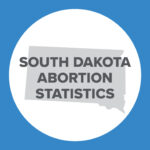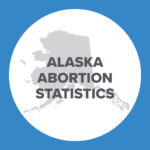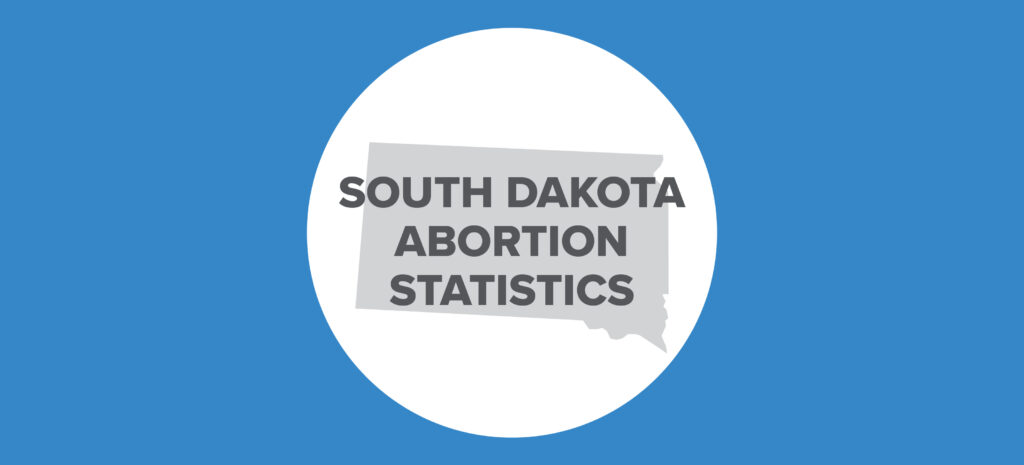U.S. Abortion Reporting: An Issue We Can Agree On
Abortion is one of the most highly debated political topics, and is almost always in the national spotlight. There were an estimated 1.1 million abortions in the United States in 2011. If historical trends continue, it is estimated that by age 45, roughly 26 percent of American women will have had an abortion. Therefore, abortion, and abortion policies impact millions of women’s lives every day. Consequently, abortion policy must be grounded on the most accurate, comprehensive and up-to-date statistical information and health data. Unfortunately, after 42 years and over 55 million abortions since the Roe v. Wade decision, our country still doesn’t have a timely and streamlined system to report and publish state abortion records.

There is no federal law guiding an efficient, organized, and uniform method for states to report their annual abortion statistics. While the majority of states have their own abortion reporting requirements, these laws are diverse and unique to the states. Often these state laws vary, requiring the collection of a plethora of different facts on topics from women’s ages to abortion complications. Lack of uniformity in reporting laws has led to an absence of consistency. Often, abortion reporting is voluntary, removing the incentive for states to produce reports. Abortion advocacy groups, pro-life groups, doctors, policy-makers, and the general public would benefit from comprehensive, timely, and accessible statistics regarding an issue that greatly impacts women’s health.
In December of 2012, the Charlotte Lozier Institute explored this issue in a paper entitled Abortion Reporting Laws: Tears in the Fabric. Since the 2012 report some advances in state abortion reporting have occurred. For example, Oregon, a state that did not publish annual reports on the Internet at that time, now publishes some of the most extensive archives of abortion statistics in their annual vital statistics reports. Additionally, the Ohio Department of Health has created an organized portion of their website dedicated to annual induced abortion reports that are published by the September of the following year. States like Oregon and Ohio have set an example of timeliness and organization. Lastly, more states – including Alabama, Idaho, and Washington– have begun publishing their abortion reports online. Many state reporting systems, however, are still plagued with information gaps and inaccessibility.
Too many state reporting systems leave their taxpayers digging through Department of Health websites and years of vital statistics reports. Even the language is not uniform. For example, some states title the reports as “induced termination of pregnancy,” while others are titled, “induced abortions.” Several states only provide reports if an individual files a request. Unfortunately, according to a representative from Maine’s Division of Public Health Systems, various states have stopped reporting for years due to staff layoffs or retirements. Overall the state systems have flaws that deny comprehensive abortion information to the public.
Minnesota continues to show an exemplary method of abortion reporting. Minnesota’s abortion reports are comprehensive and consistent, as they are released on the first of July every year by statutory mandate. According to Minnesota’s most recent abortion statistics report, the process of compiling the report, including staff time and printing expenses, only totaled approximately $4,000. Considering that most states already have laws that require abortion providers transmit summary data, they could modify their laws to create a timely and effective reporting system like Minnesota’s to publish the data for a relatively low cost.
The abortion reporting issue that our country faces today is one of public accessibility and health. There is a lack of transparency for many states’ abortion reporting processes. People on all sides of the abortion debate could benefit from comprehensive statistics on abortion. These statistics could contribute to a better understanding of the reasons why women choose abortion and help illustrate the range of medical effects of abortion on women and the communities in which they live. Ultimately, a national law is needed to ensure the quality and accessibility of state abortion reporting.
Rebecca Gonzales is an intern for the Charlotte Lozier Institute.
























